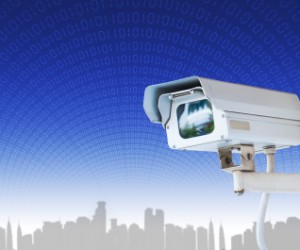As technology advances, intelligent transport and security systems are about to deliver much more value than originally conceived. These systems comprise CCTV cameras (some solar powered), with wireless communications that link into national fibre optic networks to centralised operations centres. The value-add? They provide safer, more efficient road transport systems, faster emergency response, better law enforcement and, as these systems expand into industrial and urban areas, better personal security, crime prevention and logistics.
The long term benefit is a broad video surveillance platform that is part of a bigger information system to be shared by consumers as well as public and private organisations. While this may take some time to be realised, the features of current CCTV technology–from the enhanced optics to the highly intelligent functional analytics algorithms built into the cameras - make it a very desirable option.
According to Johan Roux, Technology Manager at Jasco Security Solutions, enhanced visual intelligence delivered to a centralised operations centre via IP-based PTZ cameras strategically placed on major highways and intersections usually provide the initial infrastructure for larger integrated systems. Initially, these systems are used just for flow and incidence monitoring. Many do, however, have all the on-board video analytics to do vehicle number plate recognition, and assist to implement visual policy audits.
“Video analytics software built into cameras will allow a number of advanced functions – such as the tracking of a vehicle from one point to another on the freeway or the ability to flag the control room when a vehicle is making use of a shoulder lane or an incident occurs.
“The basic functionality enabled by a video analytics system, which is usually user-configurable, includes auto tracking, object and activity detection. This means the cameras can, among others, recognise loitering or a stopped vehicle, will be capable of identifying directional motion, will send an alert if camera sabotage takes place, will count objects or be able to send notifications in the instance of object removal or when an object is abandoned,” says Roux.
Linking into these systems – sometimes at the command centre – may be organisations such as road traffic enforcement, various emergency response providers (ambulances, emergency rescue, fire fighting teams), and commercial solution providers such as vehicle tracking companies, logistics or security companies.
“For consumers using the roads, there may also be some additional benefits, as a national surveillance network may give travellers insight into traffic flow via real time video footage. Electronic notice boards on the highways will form another link to the system, making use of the information shared by these various organisations to advise motorists of traffic incidents or related events.
And the long term advantages may be the biggest. As these cameras become more prevalent and extend into city streets, urban centres and isolated or ‘high crime’ areas, the advantages in terms of added safety and security will be tremendous,” concludes Roux.






